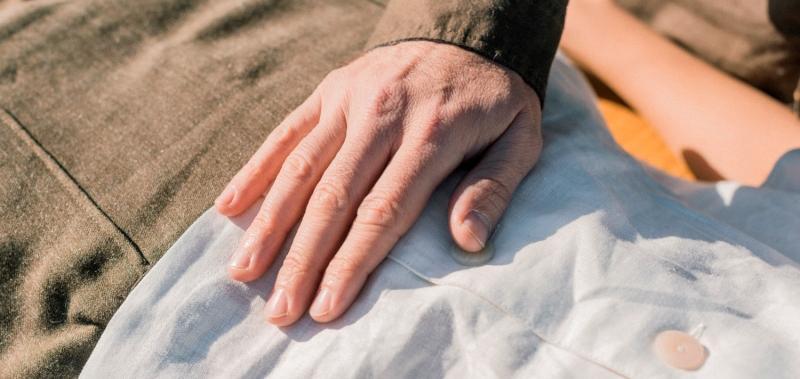What is Reiki
What is Reiki
Whenever an attempt is made to explain Reiki, a number of difficulties arise. Reiki is a Japanese method that is nourished by its oriental, spiritual roots. Sadly, these roots are not so well known in the West.
One translation that can be found for the word Reiki in dictionaries is, ‘sacred atmosphere,’ where Rei means sacred, and ki, atmosphere. However, I feel that defining Reiki, as a ‘sacred atmosphere,’ leads to greater confusion than clarity.
Reiki is a Japanese art that was developed at the beginning of the 20th century by Usui Mikao Sensei . Its purpose is the balance and spiritual well-being of the practitioner. Rooted in Buddhism, Shintoism and Taoism, it is largely based on the transmission of ki (vital energy) conducted through the hands and in meditation.
A simple and natural method, it enhances both our health and state of mind . A regular practice brings significant improvement on different levels: relaxation in the body, a more robust immune system, and a greater sense of inner well-being.
Moreover, Reiki seeks personal realisation and spiritual satisfaction, and is served by various medi-tation practices to do so.
Reiki is particularly well known as a therapy, since the practice stimulates the body’s natural healing response, and accelerates its ability to recover. Reiki is used by practitioners most successfully to strengthen the body following a serious illness, or throughout its duration, and also in the treatment of anxiety , depression and stress . Many people not initiated in Reiki commonly receive individual Reiki sessions to improve their health, or for relaxation purposes.
Reiki is of great help to those fighting oncological illnesses, patients with the HIV virus , and people suffering from chronic diseases . It received World Health Organisation (WHO) recognition in 2002, and was classified as an energetic therapy by the National Centre for Complementary and Integrative Health (NCCIH), an organisation, which also affirms that Reiki is not harmful. Nonetheless, it is not advised as an alternative to conventional methods when treating serious illnesses. Reiki therapy should always be used as a complementary practice, alongside ongoing medical treatment.
However, besides being a therapy, Reiki is also an integrally spiritual practice; a combination of techniques that promote well-being, and gently encourage inner growth. A regular practice is beneficial in all the different stages of life, and supports our spiritual development. Affording a space of silence and mental clarity, it is the perfect companion for men and women in the 21st century. Although more widely known as Reiki, as a spiritual path, the full name is Usui Reiki Ryoho.
Usui → name of the founder
Reiki → spiritual energy
Ryoho → method
As a spiritual method, Usui Reiki Ryoho aims to achieve Anshin Ritsumei (a state of complete peace and tranquillity). Reiki Ryoho uses five practices to reach this greatly aspired-to purpose:
1. Gasshô meditation
2. Gokai (five philosophical principles)
3. Self-treatment
4. Reiju (initiation)
5. Techniques to transmit ki (energy)
The teachings of Usui Reiki Ryoho (Reiki) are currently divided into three courses, which are referred to as ‘levels’ of Reiki in Western schools. However, in Japan they are known as shoden, okuden and shinpiden. The last level can also be divided into two sub-levels; a total of four courses.
Shoden (level one), studies the foundations of Reiki, undertaking Reiju , and the spiritual principles of Reiki (Gokai). There is also meditation practice, self-treatment and the practice of treating others.
In okuden (level two), students examine the spiritual practice of Reiki and meditation in greater depth. Various techniques and symbols are studied to practise distance Reiki, to resolve outstanding issues from the past, and to work with bad habits. Likewise, the byôsen are presented, which aim to improve the Reiki therapy.
The shinpiden course (level three), is the last training transmitted from teacher to student. In this course, the teachers and students revisit all the practices previously studied. New techniques are also introduced to deepen the spiritual understanding of Reiki and meditation. Finally, students learn to incorporate Reiju; the means to teach Reiki to others.
Reiki courses are usually taught within a group, intensively over a weekend, or shared as regular classes. Training is both practical and theoretical, commonly accompanied by a handbook and a diploma of accreditation.
To begin practising Reiki, you only need to have completed the shoden course. To receive Reiki as a patient (therapy), it is not necessary to have participated in any course.
\* From the book ‘The Spiritual Path of Reiki’ that Jordi published on January 2021
Be the first to post a message!
